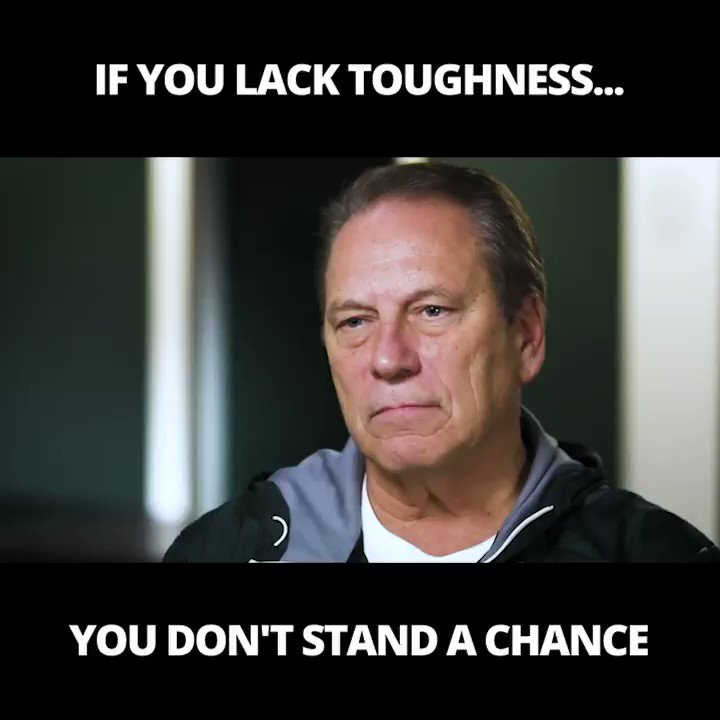Ive
Unlike some others on here, I feel that corrosion resistance and edge retention should be of a higher consideration in a prolonged survival situation rather than how easily it can be sharpened. Just because a knife is harder to sharpen doesn't mean that it can't be sharpened; it just means that it may require a little more effort. Furthermore, corrosion resistance facilitates edge retention, because rust dulls blades. I've owned several quality high carbon blades such as the Essee-5, the BK-2, the Mora Garberg carbon, and others. All of them have been in the field with me and put through the motions. I've had oiled 1095 break out in rust that covered nearly the entire blade from one night of sitting in the open atop my pack. To me, that is problematic because it means your edge is constantly dulling and alot of energy goes into field maintenance from constantly sharpening and Cleaning.
From all of my experience with knives in the field and from having owned many, I can recommend the following knives as knives that meet the standard of being life-long, tough, reliable, and performance effective in accordance with what you seek:
TRC Apocalypse
Miller Brothers M-8
Benchmade Bushcrafter
Bark River Bravo 1
Fallkniven A1 Pro or A1x
Winkler Field Knife
I was on the same quest for several years, and the conclusion I have reached is that Elmax, Z-Wear, 3V, INFI, and Cruwear are among the best steels that met the requirements of what I looking for in my higher-end one tool options. My knife of choice for a general survival knife is the TRC Apocalypse in Elmax.I'm in the market for a new fixed blade and have been doing my due diligence on steel types but haven't been able to come up with an answer to this question: What does steel toughness mean in practical terms? I've seen lots of graphs and tables comparing the relative toughness of various types of steel, but nothing to tell me what those numbers or bar graphs really mean in the real world.
Here's an example of my confusion. Some tables and graphs I've seen say CPM 3V can be up to three or four times as tough as CPM 154, for example, depending on the heat treating. Does that mean batonning or other striking-type tasks should be avoided - or done only very lightly - with CPM 154? Does it mean I could confidently cut copper wire or other softer metals with a 3V blade? I'd love to hear about some practical translations of these toughness comparisons.
I've watched what seems like a gajillion YouTube videos showing a wide range of steel types being tested doing tasks like those and it helps, but I want a knife that will last me for many years and still be able to take anything I can throw at it.
For the record, I'm torn between a Benchmade Bushcrafter 162 and a Survive!Knives GSO 4.7 -- if it's ever available again in CPM 3V. The GSO is available right now in CPM 154, but those relative toughness charts have kind of turned me off of CPM 154. I don't worry about corrosion resistance because I live in a semi-arid climate and take good care of my gear. I would expect to be doing some general bushcraft-type activities with the knife, including batonning.
I tried searching this forum and others for answers to questions like this, but have had no luck, so I apologize if I'm not using the right search terms and missing a whole bunch of conversations.
Thanks for reading.
Unlike some others on here, I feel that corrosion resistance and edge retention should be of a higher consideration in a prolonged survival situation rather than how easily it can be sharpened. Just because a knife is harder to sharpen doesn't mean that it can't be sharpened; it just means that it may require a little more effort. Furthermore, corrosion resistance facilitates edge retention, because rust dulls blades. I've owned several quality high carbon blades such as the Essee-5, the BK-2, the Mora Garberg carbon, and others. All of them have been in the field with me and put through the motions. I've had oiled 1095 break out in rust that covered nearly the entire blade from one night of sitting in the open atop my pack. To me, that is problematic because it means your edge is constantly dulling and alot of energy goes into field maintenance from constantly sharpening and Cleaning.
From all of my experience with knives in the field and from having owned many, I can recommend the following knives as knives that meet the standard of being life-long, tough, reliable, and performance effective in accordance with what you seek:
TRC Apocalypse
Miller Brothers M-8
Benchmade Bushcrafter
Bark River Bravo 1
Fallkniven A1 Pro or A1x
Winkler Field Knife
Last edited:


